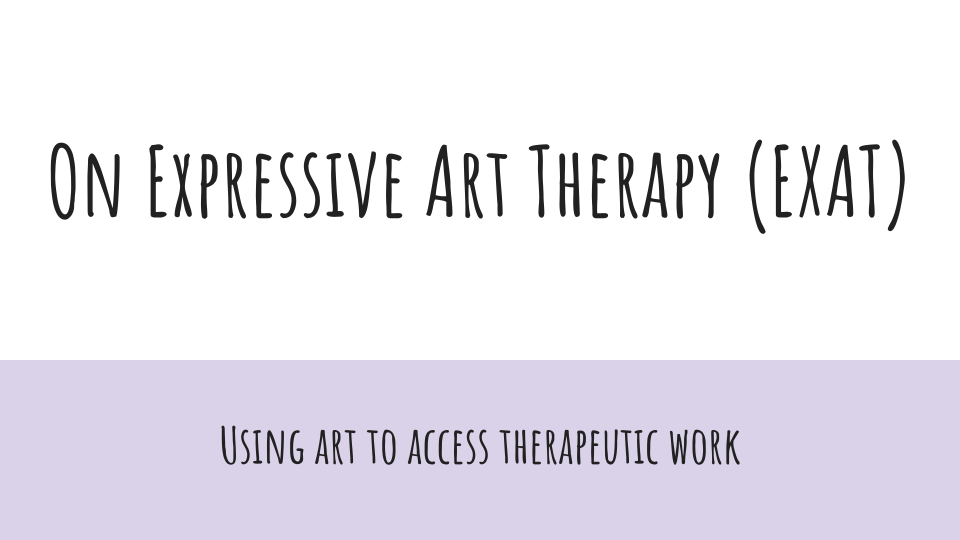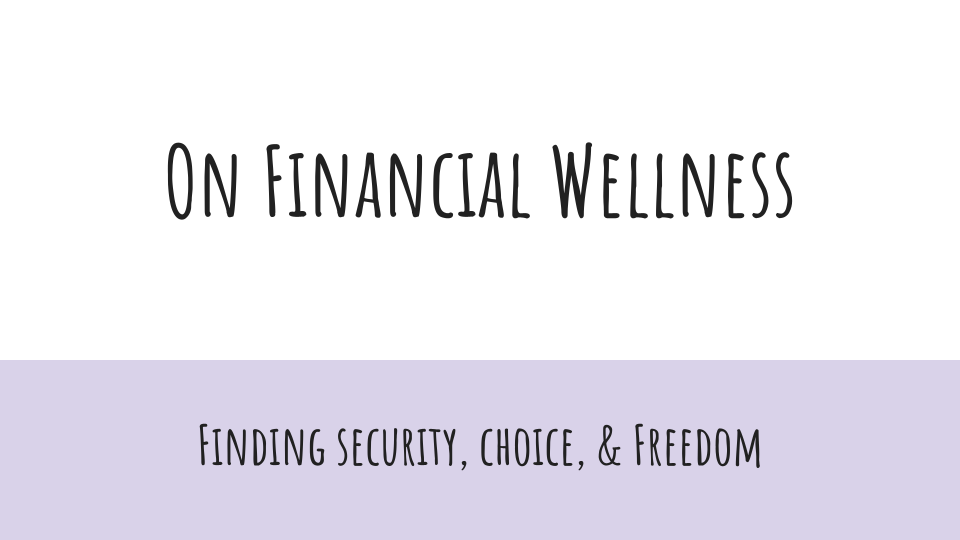On the Drama Triangle
The Drama Triangle is a useful tool for conceptualizing patterns in relationships - how you show up in different situations and with different people as either a victim, rescuer, or persecutor. By having an understanding of how you show up, you can leverage this awareness to make different choices in future situations. Remember that you don't need three people to have a drama triangle, and that you can slide around on the triangle given a particular relationship and scenario.
Below you will find resources related to the Drama Triangle.
More about the Drama Triangle
What is the Drama Triangle?
The Drama Triangle is a naturally occurring phenomenon seen in systems. A system is a set of connecting things forming a whole – whether that is an individual, partnership, family, or workplace. The goal of a system is to reduce anxiety.
The Drama Triangle forms when the system descends into unhealthy forms of communication to alleviate the anxiety of the system. In the Drama Triangle, you may play one or multiple roles to achieve the goal of anxiety reduction. Remember. Just because you’re reducing the system’s anxiety doesn’t mean that you are doing so in a healthy way.
Defining Terms
Victim
Does not take responsibility for actions or feelings
Uses blame and/or guilt to manipulate others into doing what they want
‘Woe is me.’
‘Look what you’ve done to me!’
Places the majority of their success and/or failures onto others
Rescuer
Also known as ‘the Hero’ or the ‘Good Cop.’
Discounts ability of others to solve their own problems / makes others peoples problems their own to solve
Often, the Rescuer’s anxiety is the motivating factor for action, NOT the victim’s struggles
That is, the Rescuer cannot stand their own anxiety of seeing the Victim struggle
The main message they communicate through their actions is ‘You are inept. You are not capable of solving your own problems.’
Their efforts may lead to resentment or a feeling of martyrdom.
IE – ‘after all I’ve done for you!’
Persecutor
Also known as the ‘Villain’ or the ‘Bad Cop.’
Blames, criticizes, and demeans others to set them in motion.
Gains a sense of control through this criticism by setting themselves on a higher pedestal.
‘If you wouldn’t do this, then you could be more like me.’
Triangulation – this is a common communication dynamic seen in the Drama Triangle, where direct communication with the stressor is avoided, and another member of the triangle is ‘enlisted’ to listen as one vents off steam.
IE – the victim is upset with the persecutor after the persecutor has yelled at them. Rather than the victim naming their hurt, they enlist the rescuer to listen to the victim vent about how mad they are at the persecutor. This relieves the victim’s anger, and gives the rescuer a sense of purpose (‘I’m helping the victim’), however it keeps everyone firmly entrenched in the Drama Triangle.
‘Starting Gate’ Position – everyone can play every role on the Drama Triangle. However, we each have initial positions that we are predisposed to falling into. This is your Starting Gate Position. Often, your Starting Gate Position can look different in different relationships.
IE – children often start off in the victim or rescuer roles with their family of origin. But in your own family your starting gate position with your co-parent may be persecutor, while your starting gate position with your children is rescuer.
How many triangles are out there? Lots!
1-person – I have a tough day at work. I am feeling like a victim so I rescue myself with a pint of ice cream. Then I persecute myself for eating the whole container.
2-person – I am rescuing my child by doing their homework. They get angry at me for taking over and begin to yell at me, sliding from the victim to the persecutor. I then become the victim, resentful at their lack of appreciation for all my help.
3-person – The classic 2-parent, 1-child dynamic: parents are rescuer and persecutor, child is the victim. When things escalate, everyone slides around the triangle trying to gain control of the argument.
People + system triangles –
My child is upset about their teacher, saying how unfair they are. I rescue them by comforting and agreeing, placing this teacher and the school system as the persecutors.
Work has just implemented a new policy. I am upset and a co-worker comforts me. Together we bash the company we work for.
How do I get out of the Drama Triangle?
Getting out of the Drama Triangle is easier said than done. You have been operating in this system for a long time. Changing your role will temporarily increase the chronic anxiety of the system (see Differentiation for more explanation). That means that other’s behaviors will likely escalate as the system works to establish a new, healthier normal. It takes an integration of effective: emotional management, communication, and self-awareness to effectively stay ‘Above the Line’ of the Drama Triangle. I like to use the ABCDE’s of ‘Above the Line’
Attune: “I see that you are struggling right now, and I am willing to listen to your problem without making it mine to solve.”
Boundaries: “I am willing to listen for 20 minutes.”
Choices: “I will listen for fifteen minutes now or we can talk after dinner. Let me know what works for you.”
Drama: Recognize that you are currently in the drama triangle, and are trying to break out of the unhealthy system.
Empower: “I believe that you are capable of working through this. I am here for support as needed.”
Remember, as emotions go up, your ability to think clearly goes down. Remember your emotional capacity cup? That means that as the level in your cup rises, your ability to stay ‘Above the Line’ will be more challenging. Staying out of the Drama Triangle is easiest when emotions are low, and when the level in your cup is low. That’s why it’s so important to continue growing the size of your cup through mindfulness & self-work. You will have a larger threshold for withstanding uncomfortable experiences before descending into the Drama Triangle.
Drama Triangle Suggested Activities
Take time this week to consider the following activities related to exploring the Drama Triangle. There are several different options for you to explore, in case one modality works better for you. Please note that your Conversation Prompts can also make great Journal Topics.
Journal Topics
Take some time to consider the drama triangle, then answer the following questions:
In what ways do I show up as a 1-person drama triangle?
What are some 2-person drama triangles in my life? 3+ person drama triangles?
What is my usual role in these triangles? Where and when do I typically shift into a different role?
What is my ‘starting gate position’ in the Drama Triangle?
What did the Drama Triangle look like in my family of origin? What was my role then? How did it typically start? How did we pull out of it and get back ‘Above the Line?’
When can I remember triangulating about another person or situation to relieve stress? What happened afterwards? What are the state of those relationships now?
What does the drama triangle currently look like in my household? Partnership? Family? Significant relationships?
What are the warning signs that I am about to drop into the Drama Triangle?
How can I work to step out of the Drama Triangle when I recognize that I have fallen into it?
Conversation Prompts
With your partner and/or family, discuss the Drama Triangle. Think about what roles you play in certain situations, and how you might shift positions throughout the conflict. Then, discuss strategies for how you want to get ‘above the line.’
Let your partner know if you want to hear when you are playing the ‘Victim, Rescuer, or Persecutor,’ and how they can give you that feedback in the moment.
Discuss how the Drama Triangle relates to differentiation, emotional management, communication, and values?
Experiential & Artistic Activities
As a family, ‘sculpt’ yourself into the roles that you see each other playing in your family system. One person sculpts the rest, and together all examine the roles the sculptor perceives them playing in the family. Talk about what you see, then switch sculptors.
Pick a recent example of you all being in conflict with each other. Then, act out what it would have looked like if you had stayed ‘Above the Line’ and out of the Drama Triangle.
Create your physical representations of the ‘Victim, Persecutor, and Rescuer.’
Spend 30 minutes creating any piece of art that represents how the Drama Triangle shows up in your life. Then, spend 30 minutes making a piece that represents a time when you have stayed out of the Drama Triangle. Notice the differences between these two pieces of artwork.
Additional Resources on Differentiation
Documents/Books on the Drama Triangle
3 Vital Questions, by David Emerald
The Parallel Process, by Krissy Pozatek
Videos on the Drama Triangle
Other Chapters in RELATIONAL/INDIVIDUAL
Check out the Rest of the Classroom!
References
Clark, D. J. (2020). Escaping the Drama Triangle: Strategies for Successful Research Administration from the Psychology of Codependence. Journal of Research Administration, 51(2), 84–101.
Emerald, D. (2019). 3 Vital Questions : Transforming Workplace Drama: Vol. First edition. Polaris Publishing.
Forrest, L. (2008). The Three Faces Of Victim – An Overview Of The Victim Triangle. lynneforrest.com. Retrieved January 8, 2022, from https://www.lynneforrest.com/articles/2008/06/the-faces-of-victim/
Lac, A., & Donaldson, C. D. (2020). Development and Validation of the Drama Triangle Scale: Are You a Victim, Rescuer, or Persecutor? JOURNAL OF INTERPERSONAL VIOLENCE. https://doi-org.proxy006.nclive.org/10.1177/0886260520957696
Pozatek, K. (2011). The parallel process: Growing alongside your adolescent or young adult child in treatment. Lantern Books.
















